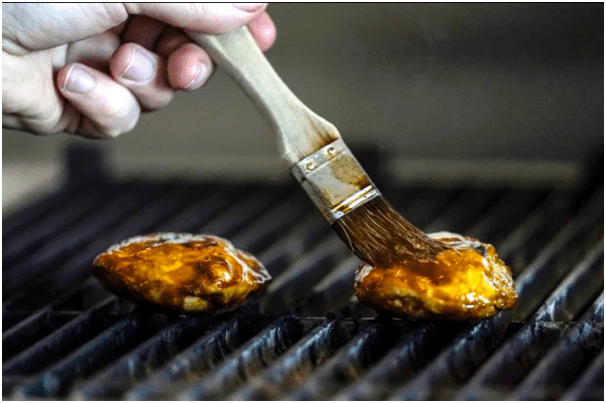What does U.S. approval for lab meat mean?
Context: Recently two California-based companies were cleared to make and sell cell-cultivated chicken, the ‘official’ name of chicken meat that is grown in a laboratory for human consumption. As a concept, it is being hailed by stakeholders as a major step towards reducing carbon emissions associated with the food industry worldwide.
What is cell-cultivated chicken?
- To make cell-cultivated meat, the companies isolate the cells that make up the meat (the meat that we consume), and put them in a setting where they have all the resources they need to grow and make more copies of themselves.
- These resources are typically nutrients, fats, carbohydrates, amino acids, the right temperature, etc.
- The ‘setting’ in which this process transpires is often a bioreactor (also known as a ‘cultivator’), a sensor-fit device — like a container — that has been designed to support a particular biological environment.
- Once there are enough of these cells, which takes around two to three weeks in Upside’s process, they resemble a mass of minced meat. They are collected and processed with additives to improve texture.
Which forms of cell-cultivated meat exist?
- Chicken is the second most widely consumed meat in the world, according to the UN Food and Agriculture Organization (FAO). However, in the U.S. it has been the highest consumed meat since 2010.
- Good Meat and Upside have focused on chicken, and plan to expand their offerings to include other meats in the future.
Why was cell-cultivated meat created?
- Its proponents have advanced the following arguments, among others — emissions, land use, prevention of animal cruelty, and food security. The first two are related to climate mitigation.
- The FAO has estimated that global livestock is responsible for 14.5% of all anthropogenic greenhouse-gas emissions.
- Of this, the production of beef as a commodity accounted for 41% whereas chicken meat and eggs accounted for 8%.
- Similarly, the 2021 report estimated that lab-cultivated meat would use 63% less land in the case of chicken. Alternative meat’s proponents have advanced it as a way to meet the world’s nutritional security needs.
What are the challenges?
- There are broadly four kinds of challenges.
- First is consumer acceptance. Perfectly substituting animal meat with alternative meat requires it to match the original in taste, texture and appearance. Researchers have achieved some success on these counts but it remains a work in progress.
- Second, the cost of cell-cultivated meat is expected to remain high in the near future. One 2020 analysis concluded that it may never be cost-competitive, while reports have also expressed concerns about the costs imposed by quality control, especially at scale.
- Third, for cultivation, researchers require high quality cells, a suitable growth-medium in which the cells can be cultured, plus other resources required to maintain the quality of the final product. And fourth are the uncertainties associated with it.
- A recent study by the University of California, Davis, found that if cell cultivation requires a “highly refined growth medium”, like that used in the pharmaceutical industry, the “environmental impact of near-term [cell-cultivated meat] production is likely to be orders of magnitude higher than median beef production.” The paper is yet to be peer-reviewed.
| Practice Question
1. What are the benefits of Plant and cell based chicken in the backdrop of climate emergency ? |




